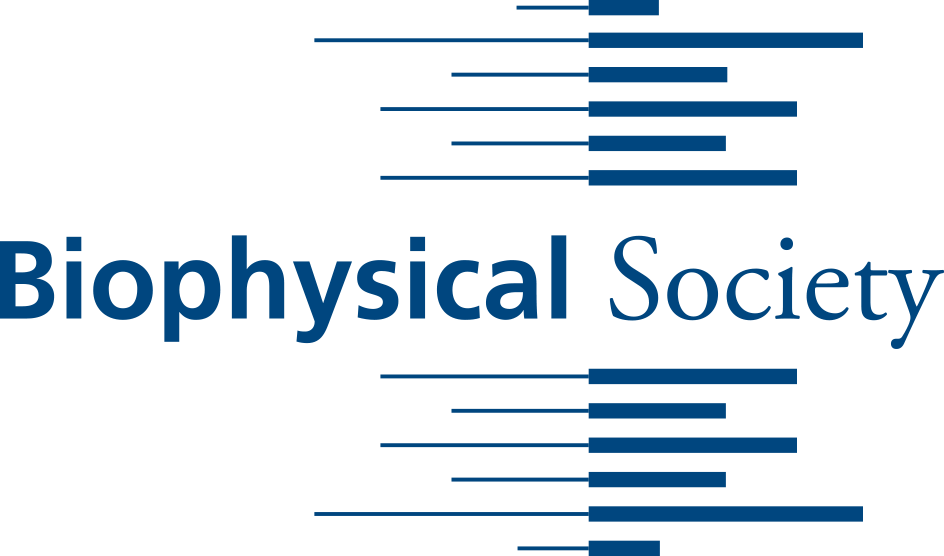Newswise — WASHINGTON, D.C., February 14, 2017 -- Allura Red, a synthetic food and pharmaceutical color widely used within the U.S., boasts special properties that may make it and other food dyes appropriate as sensors or edible probes to monitor foods and pharmaceuticals.
A team of researchers -- from Rutgers University, the University of Pennsylvania and the University of Massachusetts -- recently made this discovery during an extension of their work identifying and characterizing molecules in foods or food ingredients that might provide signals of food quality, stability or safety.
It turns out that many molecules found in foods absorb ultraviolet or visible light and subsequently emit light as fluorescence. Because fluorescence is sensitive to the local chemical and physical environment, this emitted light can “report” on the local properties of the food, the pH, polarity, or in the case of Allura Red, local viscosity or thickness.
During the Biophysical Society’s 61st Annual Meeting, being held Feb. 11-15, 2017, in New Orleans, Louisiana, Richard Ludescher, dean of Academic Programs and professor of food science in the School of Environmental and Biological Sciences at Rutgers, will present the group’s work exploring the fluorescent properties of food dyes.
One food dye in particular, Sunset Yellow, “only exhibits phosphorescence in viscous solution, so we wanted to examine others that tend to be nonfluorescent to see if they might fluoresce in viscous solutions,” Ludescher explained. All of the dyes they tested -- Tartrazine, Fast Green, Allura Red and others -- showed properties that are sensitive to changes in viscosity.
The researchers can “draw correlations between fluorescence intensity of, say, Allura Red, which shows that its intensity varies more than 10x upon changing viscosity from water to glycerol,” Ludescher said.
The significance of the group’s work is that it highlights the potential of harnessing molecules that are already inside the foods we eat to monitor their basic physical and chemical properties. “It could also be used during the manufacturing process to monitor and determine whether products have the right physical properties,” Ludescher said.
With optical sensing, such analysis could be achieved within mere seconds during manufacture -- automatically and noninvasively replacing a measurement that previously might have required tens of minutes.
Interestingly, the team identified other naturally occurring molecules. “Many naturally occurring molecules are sensitive to other physical and chemical properties important for food quality, so a generalized technique using naturally occurring food molecules -- colors, flavors, vitamins, etc. -- to monitor food quality is, in principle, possible,” Ludescher noted.
Edible optical probes, for example, would be intriguing for monitoring food quality. “It might be possible to monitor quality in products not only during manufacture but also during distribution, storage, or even during point of sale in the market,” he pointed out. “Imagine employees at the local supermarket monitoring the product quality of foods on the shelf by simply scanning the actual product through its packaging with a handheld spectrometer.”
What’s the next step for this work? “Characterizing the optical properties of as many naturally occurring molecules as possible to build a library of potential intrinsic luminescent sensors and edible probes to monitor quality in foods and pharmaceuticals,” said Ludescher.
2878-Pos/B485 "Photophysical properties of allura red for monitoring quality of foods and pharmaceuticals," is authored by Bogumil Zelent, Rahul Chib, Sarah Waxman, Alexia Ciarfella, Maria Corradini and Richard D. Ludescher. It will be at 10:30-12:30 p.m. Central Time on Wednesday, Feb. 15, 2017 in Hall B-2 & C of the Ernest N. Morial Convention Center.
ABSTRACT: http://www.abstractsonline.com/pp8/#!/4279/presentation/2805
-------------------MORE MEETING INFORMATION-------------------
ABOUT THE MEETING
Each year, the Biophysical Society Annual Meeting brings together more than 6,000 researchers working in the multidisciplinary fields representing biophysics. With more than 3,600 poster presentations, over 200 exhibits, and more than 20 symposia, the BPS Annual Meeting is the largest meeting of biophysicists in the world. Despite its size, the meeting retains its small-meeting flavor through its subgroup symposia, platform sessions, social activities and committee programs. The 61st Annual Meeting will be held at Ernest N. Morial Convention Center in New Orleans, Louisiana.
PRESS REGISTRATION
The Biophysical Society invites professional journalists, freelance science writers and public information officers to attend its Annual Meeting free of charge. For press registration, contact Ellen Weiss at [email protected] or the Media Line at the American Institute of Physics at [email protected] or 301-209-3090.
NEWS RELEASES
Embargoed press releases describing in detail some of the breakthroughs to be discussed at the meeting are available on Newswise and Alpha Galileo or by contacting the Media Line at the American Institute of Physics at [email protected] or 301-209-3090.
QUICK LINKS
Main Meeting Page: http://www.biophysics.org/2017meeting/Home/tabid/6672/Default.aspxSymposia: http://www.biophysics.org/2017meeting/Program/ScientificSessions/Symposia/tabid/6756/Default.aspxDesktop planner: http://www.abstractsonline.com/pp8/#!/4279
ABOUT THE SOCIETY
The Biophysical Society, founded in 1958, is a professional, scientific Society established to encourage development and dissemination of knowledge in biophysics. The Society promotes growth in this expanding field through its annual meeting, monthly journal, and committee and outreach activities. Its 9,000 members are located throughout the U.S. and the world, where they teach and conduct research in colleges, universities, laboratories, government agencies, and industry. For more information on the Society, or the 2017 Annual Meeting, visit http://www.biophysics.org.
###
